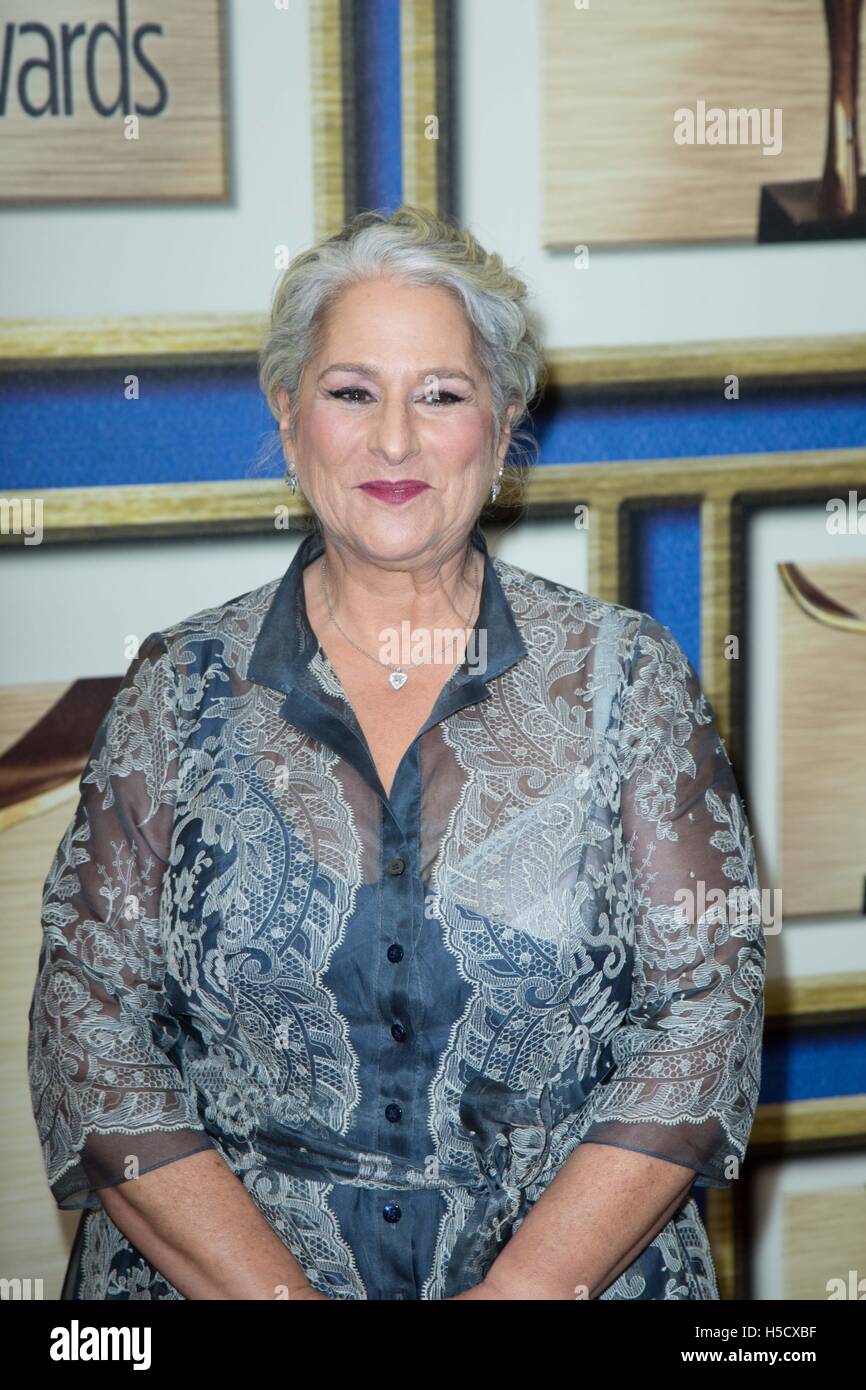
Kauffman’s effort to make amends should have included recognition of the Black show that came before Friends. Living Single debuted in 1993, more than a year before Friends. I know Yvette created show, and they took that and created another one.” But that’s kinda what happens in Hollywood.
Marta kauffman tv#
“I never approached any of those numbers,” TC Carson, who co-starred on Living Single co-star, said in a 2020 Vlad TV interview. At the tail end of their run, the Friends cast broke the bank by collectively bargaining for $1m each per episode. In a 2019 Brooklyn Academy of Music panel discussion celebrating 90s TV, Khalil Cain, an actor who worked on Friends and Living Single, noted the huge gap in resource investment, promotion and pay between the two series. Queen Latifah, who starred as the hustling magazine publisher Khadijah, has said in multiple interviews that Living Single was the show that prompted the former NBC boss Warren Littlefield to develop Friends. It was developed by Warner Brothers and shot on the same Burbank studio lot as Friends.
Marta kauffman full#
Created by the A Different World writer Yvette Lee Bowser, the first Black woman to successfully develop a primetime network series, Living Single debuted in August 1993 – more than a full year before Friends. In an interview with the Guardian that year, David Schwimmer, who played Ross on Friends, even proposed the idea of “an all-Black Friends”.Īnd it would be a great idea if it wasn’t such an insult to the legacy of Living Single. (Starring Issa Rae, LaKeith Stanfield and Tiffany Haddish, the video is a beat-for-beat reimagining of the classic episode The One Where No One’s Ready.) In 2020, in an attempt at pandemic relief, the actor Ryan Michelle Bathe wrangled her husband, Sterling K Brown Gabrielle Union Uzo Aduba and other famous friends for a Zoom table read of the same episode. After the 2017 release of his 4:44 album, Jay-Z focused the music video for the song Moonlight on an all-Black version of Friends. Even the New York of Fox’s animated comedy Futurama imagined a universe replete with racial and extraterrestrial diversity.ĭespite diversity improving in TV comedies, the whiteness of Friends remains a bugbear, just as the show remains a cultural touchstone long after it finished airing. On the WB sitcom The Parent ’Hood, the film director Robert Townsend played an NYU professor with three kids and an overactive imagination. That’s how Fox’s Martin (an enduring showcase for the standup comedian Martin Lawrence) and UPN’s Moesha (which starred the singer-songwriter Brandi as an LA teenager reconciling her newly blended family) became hits with younger audiences. Photograph: Cinetext Bildarchiv/NBC/Allstarįor more inclusive representations of urban life beyond Seinfeld, a TV viewer would have had to flip over to Fox, the WB or UPN – networks that were built by courting the Black viewers the major networks weren’t especially interested in. On Seinfeld, more often than not it was the main characters’ lack of awareness that was the butt of the joke. As much as Seinfeld bills itself as a “show about nothing”, really, it was a show about four people reckoning with differences and conventions of all forms – and, in the end (spoiler alert), being sent to jail for getting it all so terribly wrong. And even though that show, too, would come under fire for its racial and ethnic stereotyping, more often than not it was the main characters and their staggering lack of awareness that were the butt of the joke. Seinfeld didn’t just come from a Jewish perspective it leaned into New York’s diversity – from the iron-fisted Armenian running the trendy neighborhood soup spot to the Johnnie Cochran-like lawyer Jackie Chiles.


But he is also routinely checked by his office manager, his best friend, an old high school pal – and none of these people are white.

CBS’s Becker cast Ted Danson as a cranky Bronx doctor who is constantly annoyed with everything – not least a heterogeneous array of walk-in patients. Only a handful of network sitcoms resisted the trend of presenting New York as monocultural. That New York, run first by Michael J Fox, then Charlie Sheen, was a fantasy, too. In ABC’s Spin City, a sitcom about the workings of the city government, the mayor’s office had only three non-white employees. But Cosby eventually yielded its place on CBS’s primetime schedule to the starkly white family sitcom worlds of Everybody Loves Raymond and The King of Queens. By and large, the sitcoms of the day reflected this siloed worldview at home and in the workplace.Ĭosby’s vision of two romantics striving to savor the autumn of their lives was the exceptional New York sitcom about Black people that found a home with white audiences (Cosby’s then pristine reputation and the show being based on the BBC’s One Foot in the Grave helped). Television in the late 90s assumed its audience was either Black or white.


 0 kommentar(er)
0 kommentar(er)
